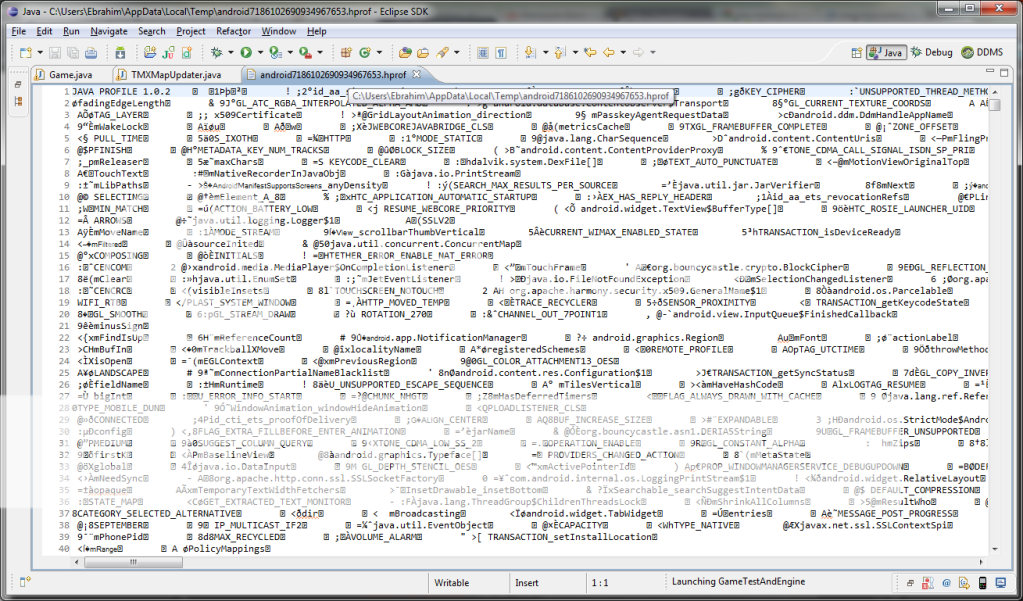
- DECOMPRESSOR FOR FORMAT H264 VIRTUALDUB MOVIE
- DECOMPRESSOR FOR FORMAT H264 VIRTUALDUB 1080P
- DECOMPRESSOR FOR FORMAT H264 VIRTUALDUB FREE
As with video, audio codecs have their own container formats like AIFF, WAV, etc. Popular audio codecs include FLAC, AC3, Dolby Digital Plus, DTS-HD, ALAC, etc. These are just the popular video codecs, you also have your audio codecs, which come into play when we talk about containers below.
DECOMPRESSOR FOR FORMAT H264 VIRTUALDUB MOVIE
The only other places you see WMV and VC-1 are mostly in Microsoft related products like Windows Movie Maker, Silverlight, HD DVD and Microsoft Expression Encoder, etc. Later on, WMV 8 and 9 came, followed by VC-1, a codec that mostly copies MPEG-4 Part 10 and is currently used in Blu-ray discs too. WMV 7 was introduced in 1999 and was a copy of MPEG-4 Part 2. Windows Media Video – This is basically Microsoft’s version of the MPEG-4 codecs. However, the only major problem is that high-definition content still suffered in terms of image quality and that’s where H.264 that I mentioned above took over. A lot of movies that you downloaded back in the day were compressed using this codec because it gave you a good file size and maintained reasonable quality. MPEG-4 Part 2 – You probably remember the days when everything talked about DivX and Xvid right? Those were encoders for the MPEG-4 Part 2 format, aka H.263. That’s why they came up with MPEG-4 Part 2. However, it never worked for web streaming because at a lower bitrate, the quality would quickly nosedive and you’d end up with pixelated video. Since the algorithm for compression using MPEG-2 is vastly inferior to H.264, it’s got the advantage of being a lot faster to encode. The other place where you find MPEG-2 compression is when you watch those HD channels broadcast over-the-air. MPEG-2 – Still have a large DVD collection? That’s all done using the MPEG-2 codec. It doesn’t matter how the video stream gets converted into this format, any H.264 decoder (like VLC) will be able to view the file.
DECOMPRESSOR FOR FORMAT H264 VIRTUALDUB FREE
x264 is free and open-source, but there are many commercial H.264 encoders also. For the H.264 codec, one of the most popular encoders is x264 from VideoLAN, the same people who create VLC Media Player. You’ll find out more about that when we talk about transcoding down below.Īs I had mentioned above, there are multiple encoders for a single codec.

The only downside to H.264 is that it’s algorithms for compression are so good, it’s a lot slower to encode a video into this format. It’s supported by Apple, YouTube, HTML 5, and even in Adobe Flash. It’s also highly supported and probably will be the most popular codec for a long time to come. It’s also used for delivering a lot of web video today because of it’s ability to give you great image quality with a high compression ratio and a low bit rate, meaning less strain on streaming servers. This codec is used all over the place from smartphones to digital camcorders to Blu-ray discs. That’s what container formats are for, which I’ll explain in the section below. H.264 offers the best of all worlds: smaller file sizes with higher quality.Īgain, remember, H.264 is just the codec, you won’t find any files with. H.264 is by far the most popular format for encoding videos. Yes, there are also multiple names for the same thing. H.264 (MPEG-4 Part 10 AVC) – This is also officially known as MPEG-4 Part 10, but H.264 is what you commonly hear. So what are some popular codecs? Popular Codecs There are different types of compression, which translates into different types of codecs. That’s where compressions comes into play. You would need your own data center to store all your family videos if everything was recorded in that format.
DECOMPRESSOR FOR FORMAT H264 VIRTUALDUB 1080P
So why do we even need all this compression and decompression? Well like I mentioned above, a RAW uncompressed 1080p file is almost a whopping 500GB for just one hour. I’ll explain more about encoders in the Popular Codecs section below. Hence, there can be many encoders for one codec. Check out this page, but don’t read too much or your head will hurt:īecause it’s a specification, there can me many ways to convert data into that format. For example, it can specify the width, height, aspect ratio, etc. Each codec has a specific set of guidelines. What is a bitstream? To not get very technical, it’s how the sequence of bytes should be arranged for that particular codec.


The important thing to understand is that a codec is kind of like a specification of how the bitstream should look. I’ll tell you what transcoding is a little bit later on, let’s not confuse ourselves this early on. So that is exactly what a codec does: it takes a digital file and compresses it (or encodes it) for storage and decompresses it (or decodes it) for viewing or transcoding. So what exactly is a codec and what does it do? In the most simple terms possible, a codec is an encoder/decoder or, in it’s original form, a compressor (co) – decompressor (dec).


 0 kommentar(er)
0 kommentar(er)
